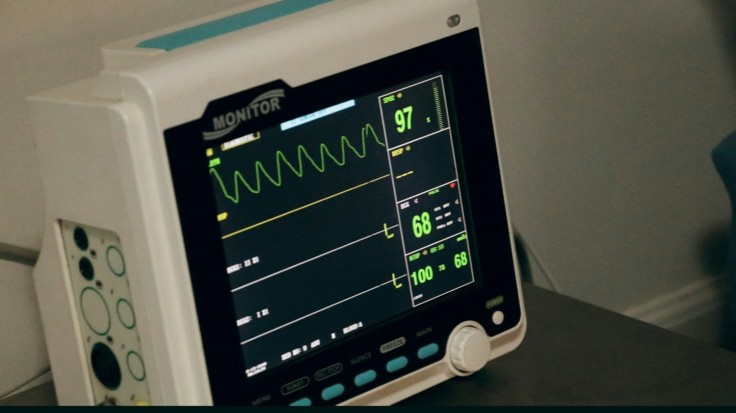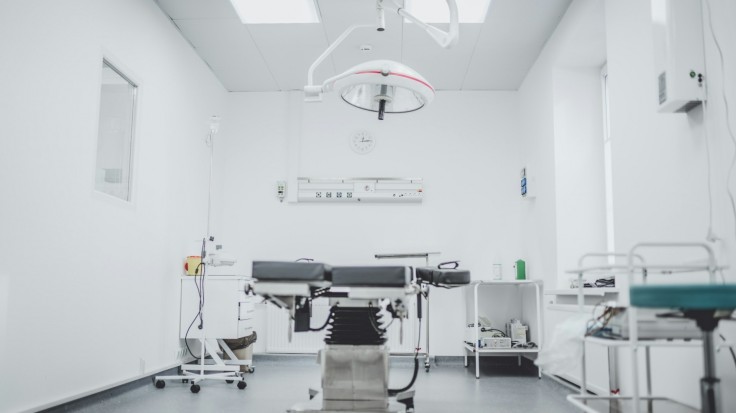
Technology revolutions have changed the way that many industries have operated for hundreds of years.
From the first Industrial Revolution in the 18th century, which introduced the widespread use of machines, to the modern Industrial Revolution, where digital technology is progressing into every facet and function of our lives, the changes that result have often created major shifts in how we work.
This can be seen in the seismic shifts that have occurred in nursing in the past fifty years. Since the advent of the modern computer, the tools and techniques that nurses have used to treat patients have evolved alongside the technology available to support them—from digitised note-taking systems to assistive technologies; nursing has seen significant changes in both the operating model and the work that nurses do.
It's important to recognise that while change is occurring, it highlights the importance of leadership in nursing—especially in its ability to react and respond to change accordingly.
How can nursing leaders successfully navigate the risks associated with implementing new technologies while also dealing with the risks that arise when implementing any digital system?
What can we do to ensure that nurses have the tools necessary to do their jobs effectively
but can also pivot on a dime should the technology that they have become compromised?
Let's explore how a digital revolution is changing the face of nursing and what we must do to protect today's patients and staff from tomorrow's tech issues.
The Revolution Is Now
Let's face it: the revolution is now.
We have entered a world where technology has not so surreptitiously invaded the clinics and hospitals of our nation. Consider something like note-taking—as few as two decades ago, nursing staff found themselves writing notes on paperwork, which would then be documented manually in computer systems.
In today's digitized hospital, paper is largely a thing of the past—most record-keeping is now in the form of electronic health records. In some instances, this allows for the rapid proliferation and sharing of data—a nurse can provide clinical notes that doctors and specialists can then use to optimise treatments and procedures. It's an incredible leap from where nursing was just a few decades ago.
These digital tools can be incredibly powerful, especially in environments where systems work well together. But they also come with inherent risks.
What happens, for example, if a software update stops nurses from updating digital records? Or, if a bad actor compromises a hospital network or an insurance network, such as the recent UnitedHealthcare cyber attack? How do nursing leaders balance the need to have access to data with the perils of having that data accessible to everyone?

Prioritizing Patient Care
First and foremost, patient care should always be the top priority for medical staff. Whether in a highly digital hospital or still using notepaper, patients must come first.
That's because, ultimately, patients are the lifeblood of a hospital.
If you don't have patients, sure, you can't operate, but if you don't have the community's trust, you also can't operate. The skills and tools necessary to succeed in a hospital aren't necessarily what's in the technology stack available to nurses, and prioritizing patient care can help build trust between the community and a hospital.
Demonstrating good bedside manners, showing empathy, and having a calming voice when people are going through a terrible moment in their lives can often make a world of difference.
It is important that even the most technology-savvy nursing unit prioritize patient care. After all, people are more than just data points on a screen.
Managing Technology Incidents
Nurses working in a technology-heavy environment should also consider the risks involved.
After all, you've probably seen many recent cyber incidents on the news. From hospital infrastructure being compromised to major insurers being attacked, hospital data is an incredibly lucrative and powerful source for people to get their hands on.
Nursing leaders must consider the role that data and their access to it have in a cyber attack or cyber threat. This may involve speaking to IT professionals within your team and ensuring access is appropriately provisioned to the right people or developing a strategy of cyber hardening to protect vulnerable, outdated systems such as CT and MRI machines from being compromised.
It may involve cyber readiness, preparations, and planning, as well as ensuring that the team is aware of how to protect themselves and others—not sharing passwords, storing them on notepaper, etc.
Everyone has a role to play in protecting cyber infrastructure. It's imperative not just for nursing leaders and IT professionals but also for every hospital staff member who uses a computer system.
The Changing Nursing Landscape
Nursing has changed a lot in the last two decades. As we approach the end of the first quarter of the 21st century, the evolution of technology will continue to transform nurses' work.
Have we entered an era where paper tracking is no longer necessary in most nursing cases?
Yes. However, does that mean that it is no longer needed in the nursing workforce?
No. After all, with the risk of cyber events and attacks, it's more important than ever to be alert but not alarmed.
We don't know what we don't know, and ultimately, the next 20 years will define how nursing professionals and medical teams can respond to the risks of cyber threats.
Will they stand up and respond to the risks of tomorrow? Or will we need to see another revolution in technology? Only time will tell.









